Whatever Happened To: The Bard’s Tale?
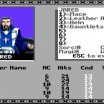
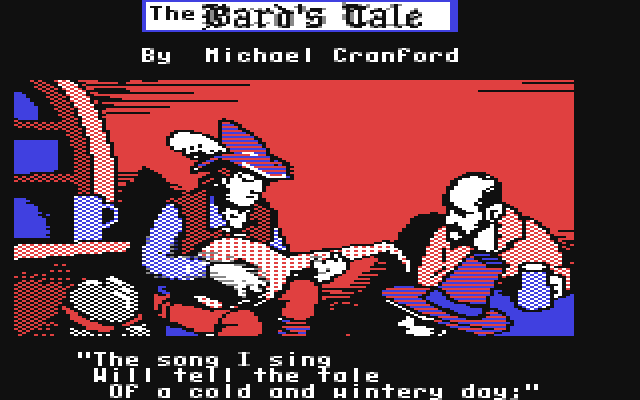
In 1985, programmer and game designer Michael Cranford had an idea. An idea seeped in the lore and tradition of the old pen and paper games of a youth now long gone. An idea that became a song once sung by the light of tavern fires far across the imaginary lands of Skara Brae. That song became a tale. That tale, a legend. A legend that defined a generation of gamers. One that, if one were to guess, perhaps moved a person’s spirit on to greater things in the gaming community… and beyond.
Sadly, it has now become a tale all but forgotten by time. The ashes of the now cold hearth long scattered to the wind. And yet, as echoes of the past slowly become the pillars of independent-minded futures, one wonders if the song can ever be heard again; if the world-weary troubadours of old will one day take their rightful place by firelight once more. And once more fill the adventuring halls with songs of both valor and courage. Perhaps, some say.
But just as many say perhaps not.
Sit a spell, if you wish, and find out whatever happened to….
The Tales of the Unknown Effect: The Bard’s Tale
Year of Inception: 1985
Developer: Interplay Productions
Publisher: Electronic Arts
Designer: Michael Cranford
Last Seen: Officially: 1991 – The Bard’s Tale Construction Set
Unofficially: 2004 – The Bard’s Tale
“Long ago, when magic still prevailed, the evil wizard Mangar the Dark threatened a small but harmonious country town called Skara Brae. Evil creatures oozed into Skara Brae and joined his shadow domain. Mangar froze the surrounding lands with a spell of Eternal Winter, totally isolating Skara Brae from any possible help. Then, one night the town militiamen all disappeared.
The future of Skara Brae hung in the balance. And who was left to resist? Only a handful of unproven young Warriors, junior Magic Users, a couple of Bards barely old enough to drink, and some out of work Rogues.
You are there. You are the leader of this ragtag group of freedom fighters. Luckily you have a Bard with you to sing your glories, if you survive. For this is the stuff of legends. And so the story begins…”
Following after the very successful Wizardry! dungeon-crawling PC adventure game by developer Sir-Tech, Michael Cranford’s inspirational contribution to the genre, originally called Tales of the Unknown: The Bard’s Tale, enhanced the experience with improved (well, improved for its time at least) graphics, partially animated character portraits and, according to Shay Addams in his Quest for Clues book series, the Bard class itself. “The Bard was Michael’s contribution to the [entire] genre,” he wrote. “A character who casts spells by singing one of six tunes.”
Working at Interplay Productions, Cranford and his team delved deep into their experiences with tabletop gaming, with emphasis on players exploring and experiencing the game with little or no help. More specifically, the lack of a directional HUD, mini-map or even a map, period. In fact, it wasn’t unheard of for players to use pencil and graph paper to make their own maps as they played through the game. Combat itself was a sort of turn-based abstract “roll”, described in text rather than shown. At the end of combat, each character in the seven-person party gained experience and cash evenly and equally.
When first beginning the game, the player could build his or her own party from the following professions of Warrior, Bard, Hunter (aka Ranger), Monk, Paladin, Rogue, Magician, and Conjurer, each harkening back to the old Dungeons and Dragons tabletop game. And much like their papered counterparts, each class had his or her own specific function in battle; Warriors were your tank class, capable of taking a punishing amount of damage while dishing it back out in kind. More nimble characters like the Rogue, meanwhile, were essential in weakening your enemies through stealth and subterfuge. Backstabbing a powerful foe for nearly triple damage was cathartic. And sometimes necessary to prevail.
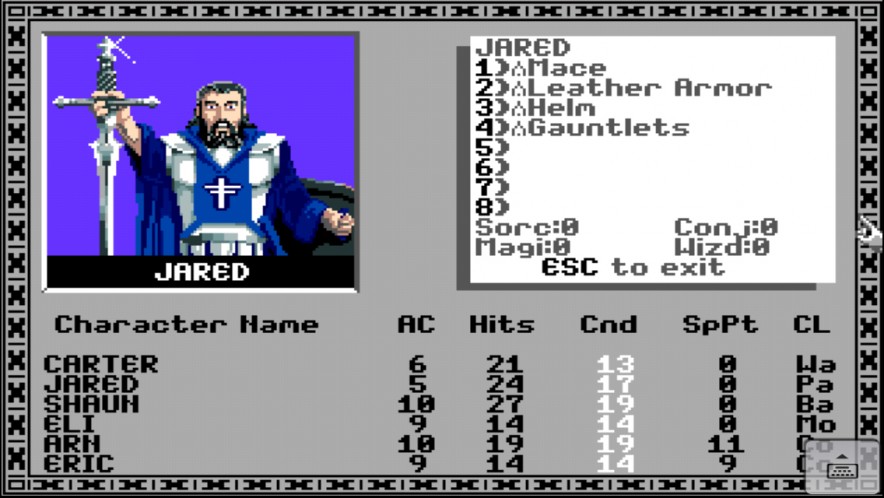
The Bard, meanwhile, was your moral support character, capable of using the power of song to accomplish a wide variety of special effects; anything from creating a light source to see your way through the dark and claustrophobic catacombs scattered across the city of Skara Brae, to inspiring your warriors with personal combat buffs that allowed them to deal even more damage than normal. Something that, oddly enough, is almost similar to what some professions can do in quite a lot of today’s more modern MMORPG’s. Several obligatory puzzle elements were also unsolvable without the use of the Bard class’ songs; songs that, when utilized, actually triggered audio tracks, both classic and original in their composition, when played.
Upon release, The original Bard’s Tale was met with near universal acclaim. Computer Gaming World described it as a “Game not to be missed” while the now defunct TSR magazine Dragon rated The Bard’s Tale 5 out of 5 stars. Its success eventually spawned two sequels; The Bard’s Tale: Destiny Knight and The Bard’s Tale: Thief of Fate respectively, while a compendium release, The Bard’s Tale Construction Set, allowed players to build their own personal adventures using the game’s software engine and assets. Notable play testers of the Construction Set at the time included Feargus Urquhart himself, who would go on to found such notable game developers as Black Isle Studios and Obsidian Entertainment.
The games also influenced a series of novels based on the Bard’s Tale world in the 1990’s from Baen Books, an American publishing house emphasizing science fiction and fantasy. Incidentally, Baen Books also released several novels based on the Wing Commander series written about the same time as the Bard’s Tale novels.
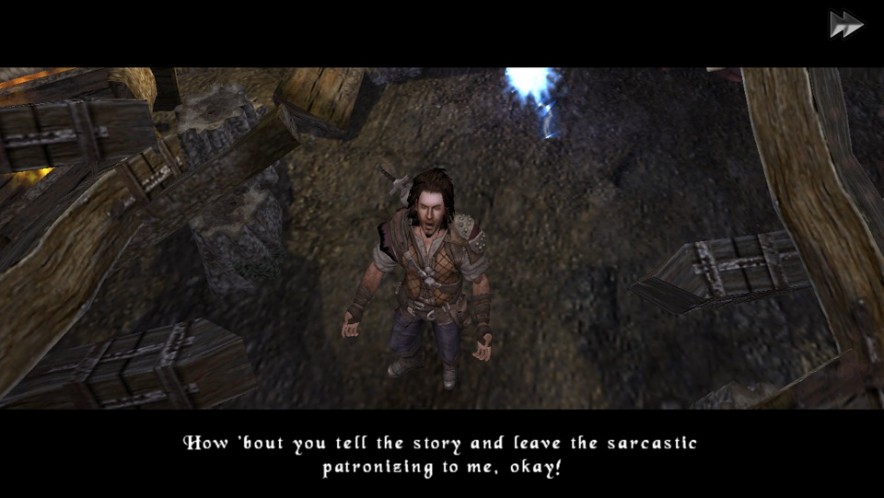
Where it is now: In 2003, Interplay’s CEO, Brian Fargo (who created maps for the first two Bard’s Tale games and directed the third), left Interplay to form InXile Entertainment. The developer’s first release was the 2004 spoof on the original, simply titled The Bard’s Tale. It was released under publisher Vivendi Universal Games (now merged into Activision Blizzard) for the PlayStation 2, Xbox, Microsoft Windows, and iOS platforms among others. The title was more tongue-in-cheek than the original series, poking fun at some of the more glaring fantasy tropes that have become somewhat cliché / staples in certain story-lines.
The first quest, for example, involves entering the cellar of a tavern to slay rats (a not too subtle jab at the first Baldur’s Gate title by BioWare). However, the Bard’s Tale instead parodies this quest by turning the vermin in question into a gigantic, fire-breathing rodent. As EA still owned the rights to the original Bard’s Tale series, the game nevertheless made subtle nods to the original titles while not actually being legally allowed to be a sequel or continuation of the series itself.
Original designer Michael Cranford eventually left the industry in 1990, deciding to pursue his graduate studies at Biola University in California. His last known gaming title was Centauri Alliance for Brøderbund in 1990. Currently he is an Application Architect at Michael Baker International, an engineering and strategic intelligence firm based in Irvine, California.
Several notable personalities, who designed or contributed to the series in some way, went on to do some amazing things both within and without the gaming industry:
Eric Joyner, who illustrated the box covers of The Bard’s Tale games, went on to design several popular music album covers, and has some of his personal artwork featured occasionally in the background of the hit TV series, The Big Bang Theory.
Lawrence Holland, who designed and composed music for the games, went on to found his own game development studio, Totally Games; gaining early fame for developing the critically acclaimed X-Wing titles for LucasArts.
Michael A. Stackpole, contributing designer on The Bard’s Tale III, went on to collaborate on other successful gaming titles such as Neuromancer (1988 – Interplay), the original Wasteland (1988 – Interplay), and its sequel Wasteland 2 (2014 – inXile), as well as penning various novels in some well established universes; notably, his long-running X-Wing: Rogue Squadron titles for LucasArts and various BattleTech novels for now-defunct FASA Corp.
Beyond this, however, EA itself has not made any recent attempts to revitalize, reboot, or even update the venerable franchise; much to the dismay (and quite possibly the relief) of its many fans.
Probability of Revival: The Silence has fallen.

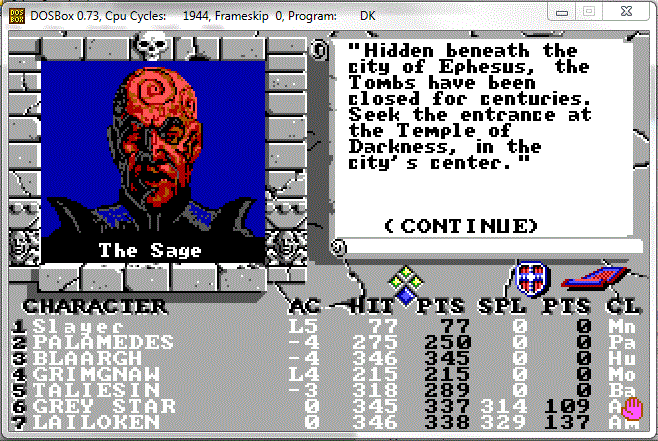




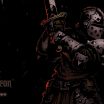
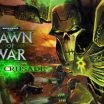
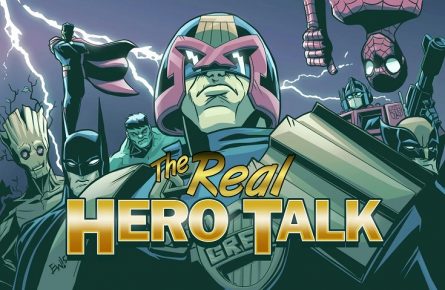
The Sage looks like Darth Maul.